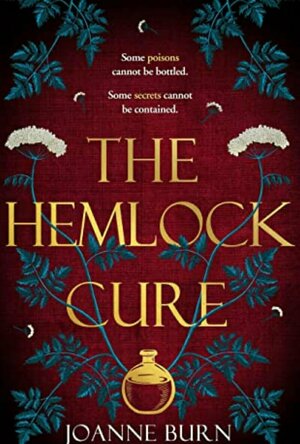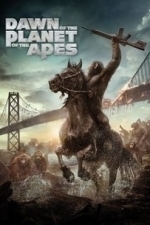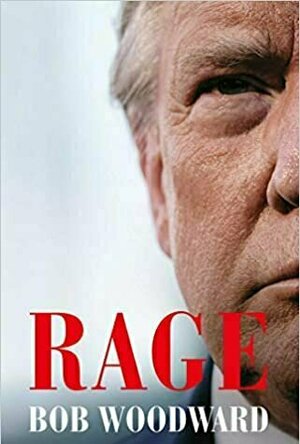
Rage
Book
Woodward, the No 1 international bestselling author of Fear: Trump in the White House, has uncovered...
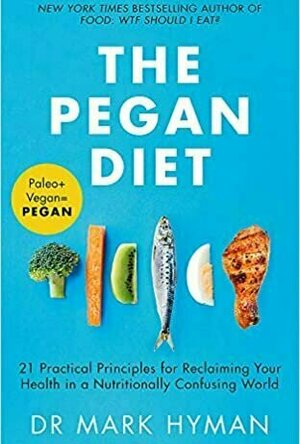
The Pegan Diet
Book
For decades, the diet wars have pitted advocates for the low-carb, high-fat paleo diet against...
ClareR (6054 KP) rated The Hemlock Cure in Books
Apr 6, 2023
The real evil isn’t a disease, it’s being shut in with people who clearly do not have good intentions.
The village of Eyam is well known for the decision to shut itself off from the outside world when its inhabitants started to become ill and die. They understood that the only way to halt the spread of the disease was to isolate themselves - a selfless act.
This novel looks at some of the families and their relationships inside and outside of their family units. The local apothecary and his daughter Mae, are one such family. Mae is desperate to be her fathers apprentice, but this isn’t a time in history where it’s safe for a woman to be working with herbs. So Mae studies with the midwife and a local wise woman (who are both also skating on thin ice, truth be told).
The plague wasn’t a constant in London it appears, and we travel there with one of the main characters. The contrast between the country village and London was quite something to read. I could almost smell the difference off the page!!
I enjoyed the pacing of this book: in Eyam the time crawls, whilst in London everything is all hustle and bustle.
The slow reveal of the terrible secrets in Mae’s family are not so much shocking as terrifying. Wulfric, Mae’s father, is not a well man. It seems to be a race against time for Mae.
I would most definitely recommend this book to historical fiction fans - and if you like a mystery, you may well like this as well.
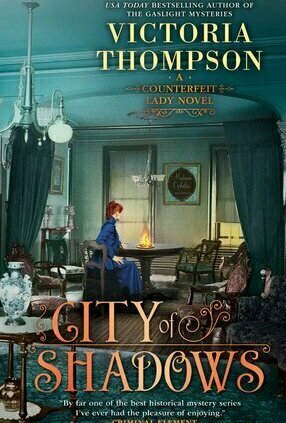
City of Shadows
Book
In this all-new Counterfeit Lady Novel from USA Today bestselling author Victoria Thompson newlywed...
JT (287 KP) rated Dawn Of The Planet Of The Apes (2014) in Movies
Mar 3, 2020
Ten years on and with the epidemic wiping out most of the world’s population humans are very much becoming the minority species. A small band of immune survivors still hold out hope that there are others out there and look to make contact with anyone who might be listening.
The apes have now settled deep in the San Francisco forests building their own fully functioning civilisation led by chimpanzee Caesar. What makes this film rise above (sorry) the first is much of the attention focuses on the apes and deep-rooted character development.
Caser is supported by fellow performance-capture actor Toby Kebbell who plays Koba. An ape with a chip on his shoulder after years of being tested on. His dislike for the human race is made obvious to his best friend.
Their simmering relationship is one of the highlights of the film as they battle they decide whether to stay hidden in peace or go to war. With James Franco gone (albeit making a cameo via archived footage), the human-ape relationship is centred on Malcolm (Jason Clarke) and Caeser, who are bonded by a begrudging truce for peace.
It’s a film that soaks up tension extremely well. Grand battle sequences are cut between emotional and compelling moments interlocked by a very well written script.
The technical aspects of the film are simply stunning and the large set-pieces make for cataclysmic viewing. Caeser’s army arriving on horseback in a show of force to their human foes is captivating. As is the vertigo wincing finale and attack on the human stronghold.
This is was everything a summer blockbuster should be and is most certainly a template to follow.
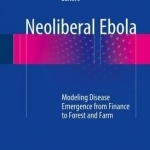
Neoliberal Ebola: Modeling Disease Emergence from Finance to Forest and Farm: 2016
Robert G. Wallace and Rodrick Wallace
Book
This volume compiles five papers modeling the effects of neoliberal economics on the emergence of...
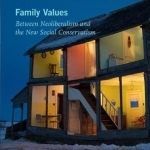
Family Values: Between Neoliberalism and the New Social Conservatism
Book
Why was the discourse of family values so pivotal to the conservative and free-market revolution of...
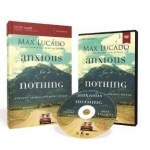
Anxious for Nothing Study Guide with DVD: Finding Calm in a Chaotic World
Book
According the National Institute of Mental Health, anxiety disorders are reaching epidemic...
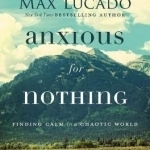
Anxious for Nothing Study Guide: Finding Calm in a Chaotic World
Book
According the National Institute of Mental Health, anxiety disorders are reaching epidemic...
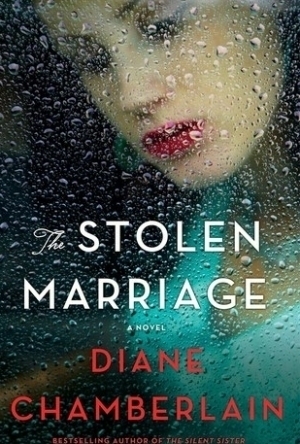
The Stolen Marriage
Book
The Stolen Marriage is a compelling novel from Diane Chamberlain, the bestselling author of The...
